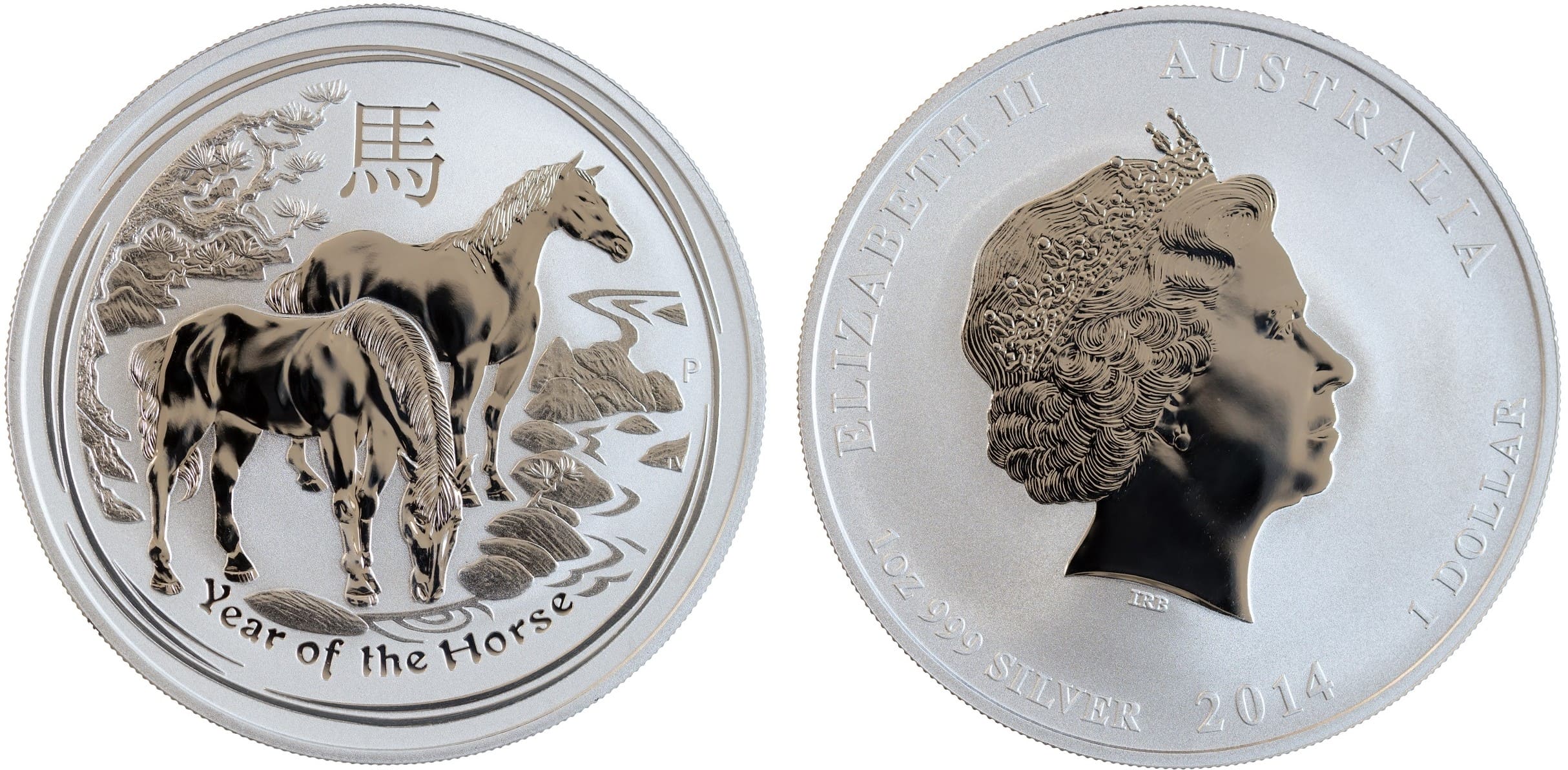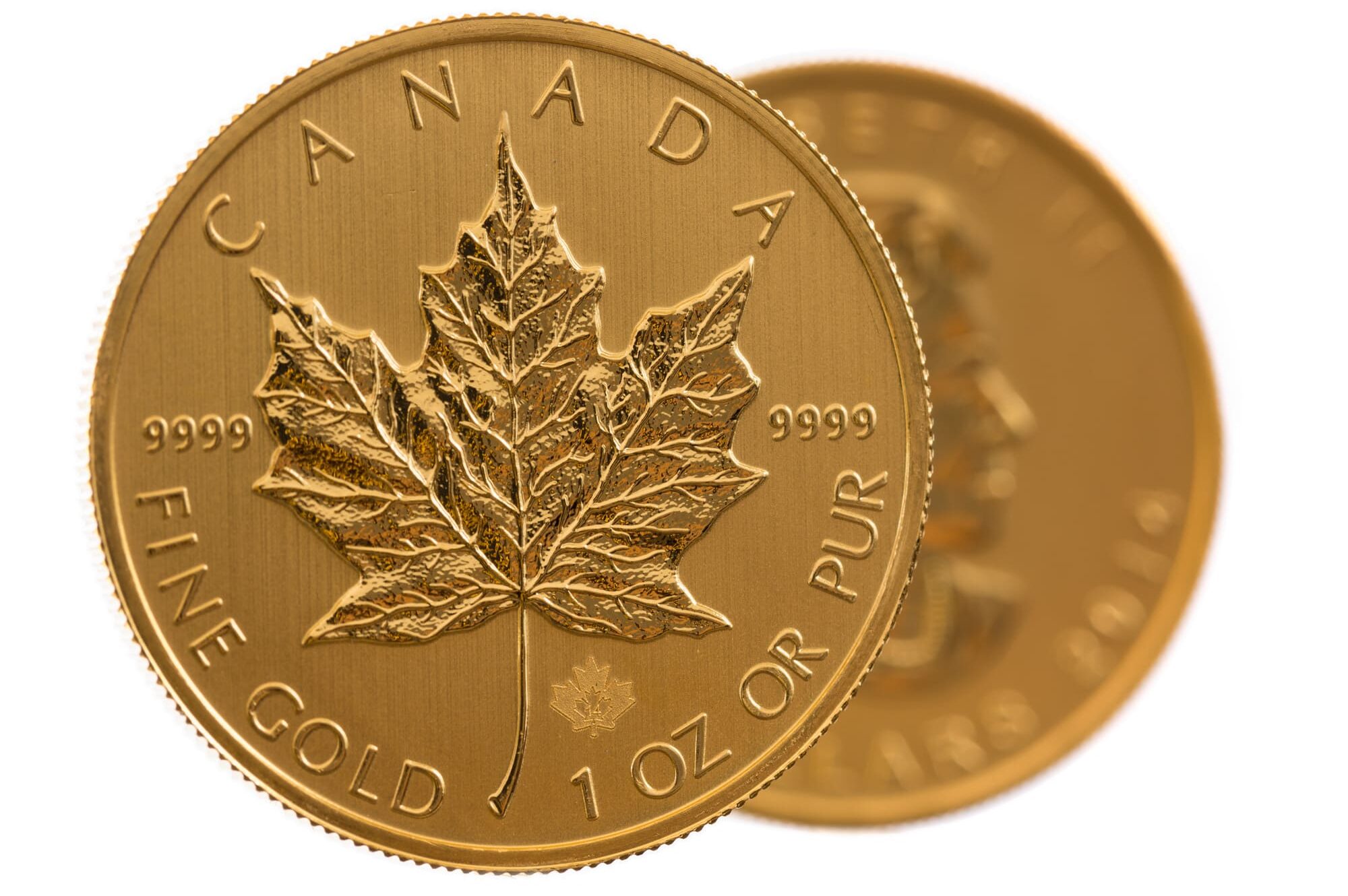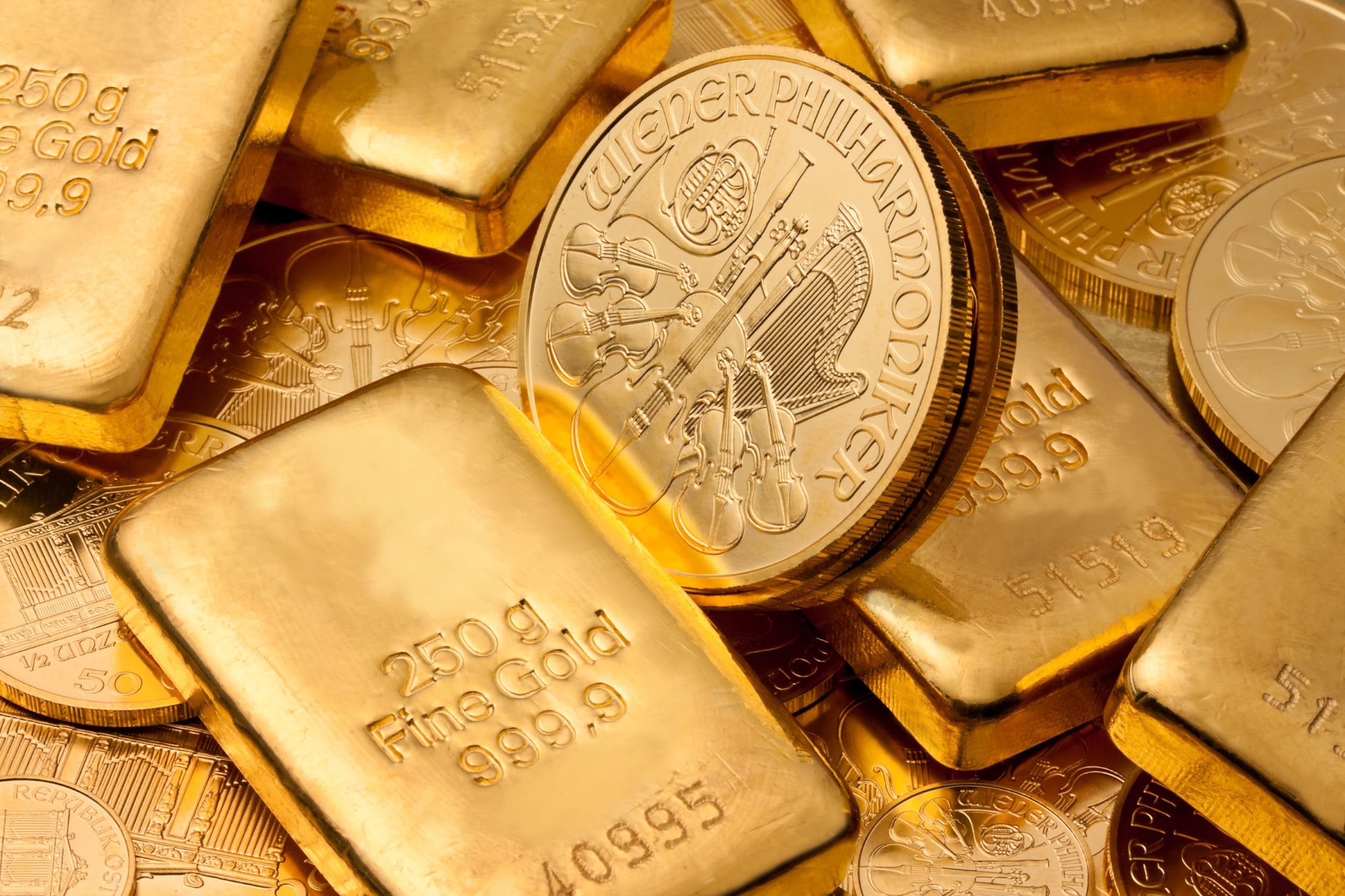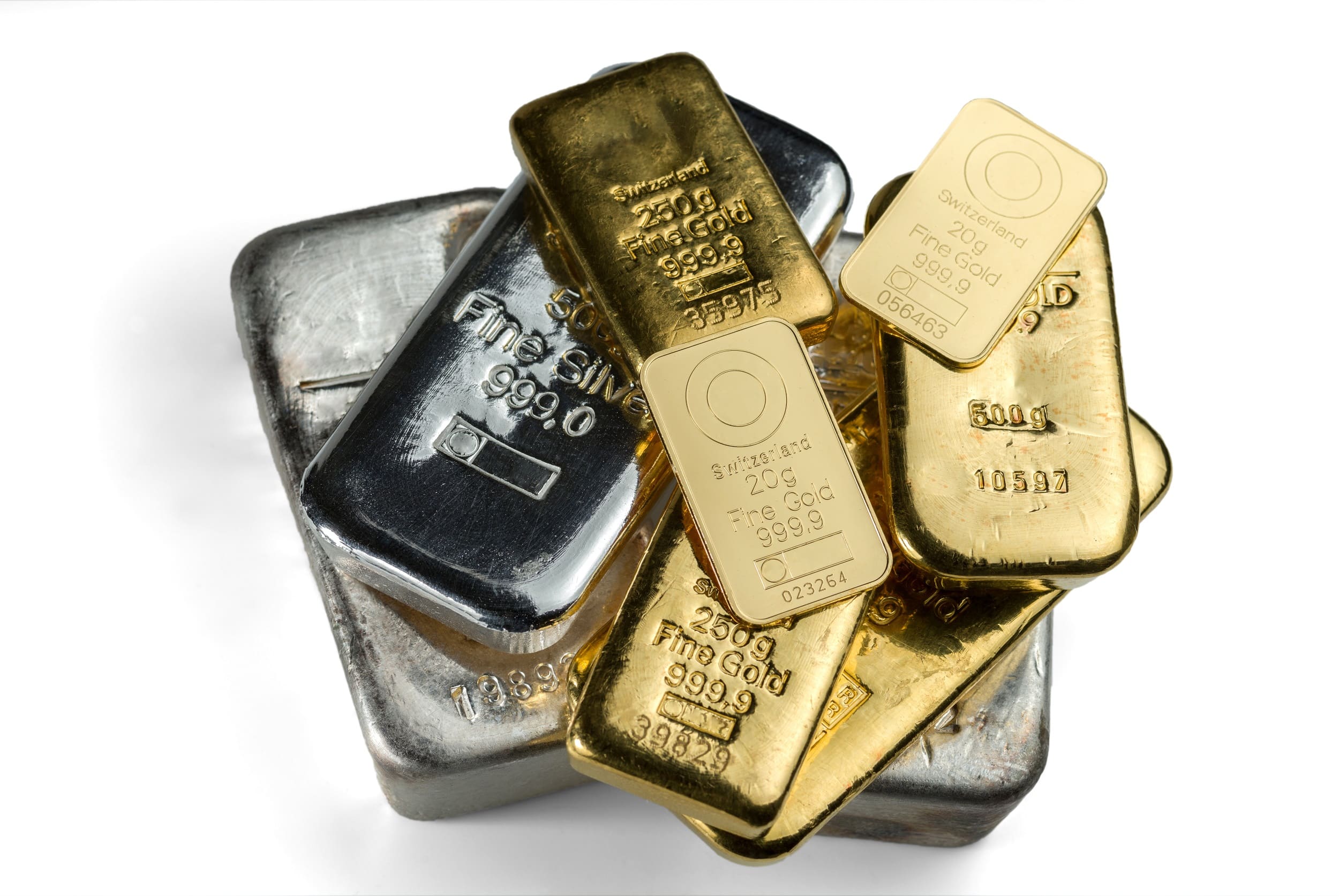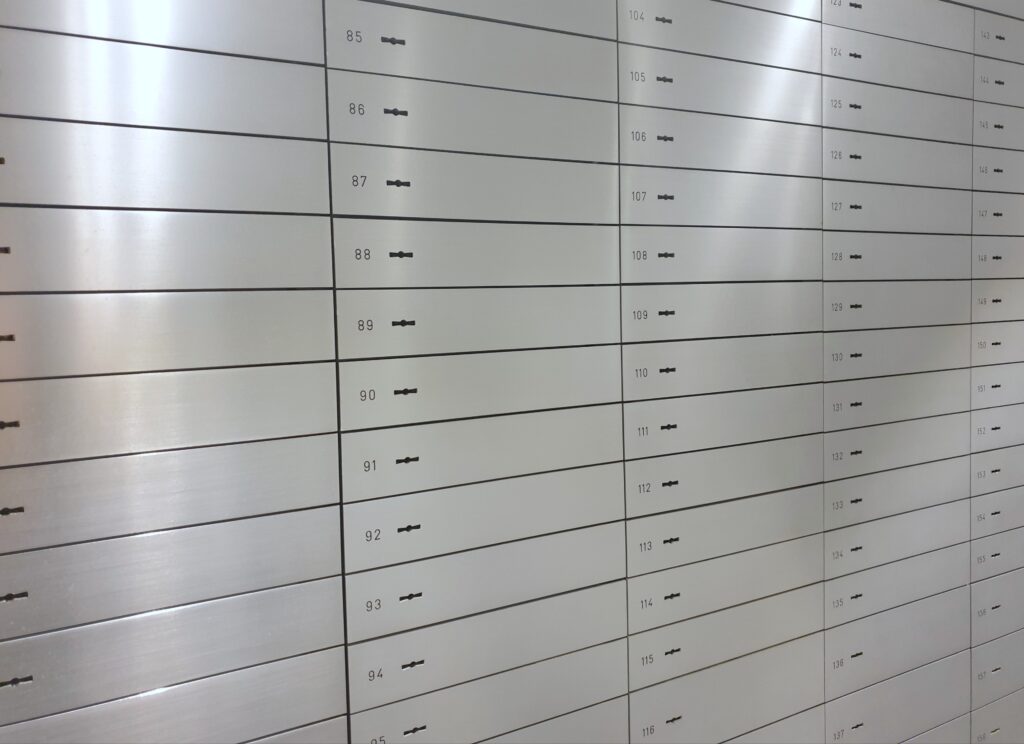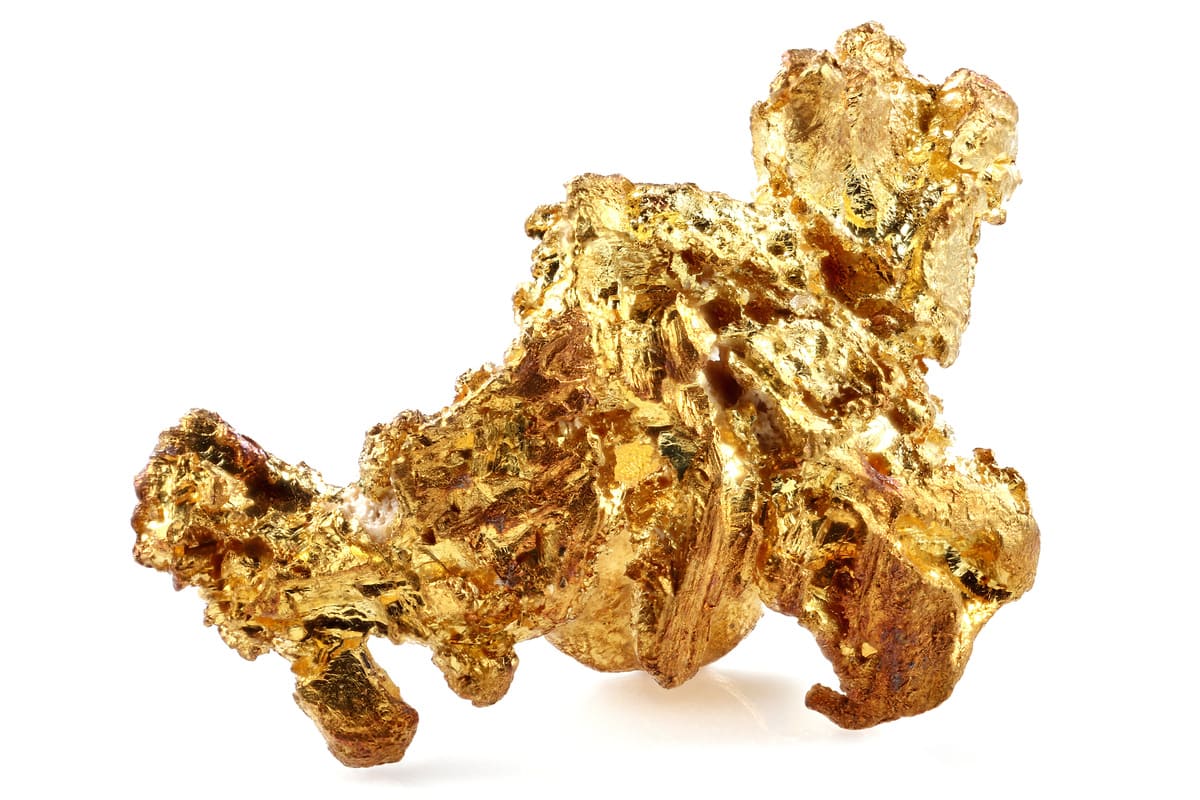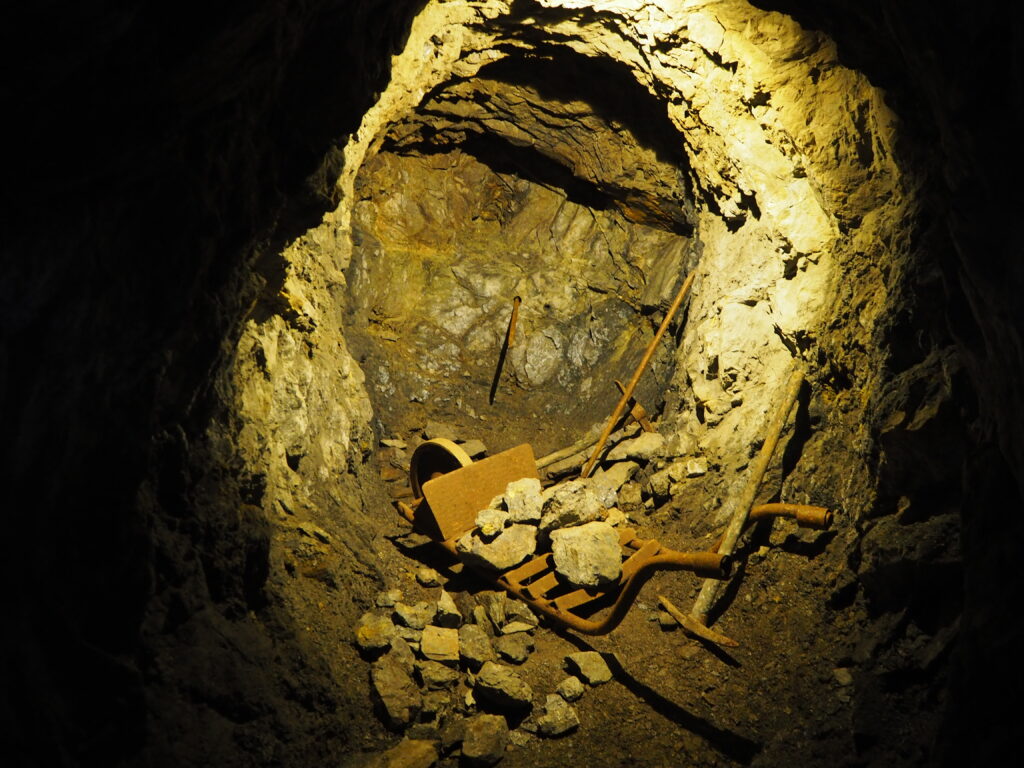Comex: The primary gold futures trading platform
Additional information > The fundamentals of precious metals – a broad introduction to the basic principles > Comex: The primary gold futures trading platform
Comex stands for Commodities Exchange and is now the largest trading centre for futures trading in the commodities sector. Operating as a Commodity Exchange, Comex used to trade alongside the New York Mercantile Exchange (NYMEX) before these two exchanges were merged into one company. Since 2008, Comex has been part of the CME Group, which is currently the largest futures exchange in the world.
As the most liquid trading platform in the world, Comex is the most important exchange for futures trading. At the same time, however, the exchange also serves as the largest clearing house, because many derivative transactions of precious- and other types of metals may also include physical deliveries. However, physical gold deliveries are rather rare, as the majority of all futures trades are used for hedging purposes – and thus are settled in US dollars when they expire, rather than by any physical exchange.
What are futures and how do they work?
A future is a contract about the future, which is why it is also called a futures contract. In more detail, a future is a contract in which two parties legally agree to trade an underlying asset at a predefined price and at a certain point in time in the future. This underlying asset can be a security, a currency, a precious metal or any commodity.
Anyone who buys a future contract undertakes to buy the underlying asset at the agreed price on the agreed future date. This is the day on which the future expires. It works the other way around when you sell a future. With the sale of a future you undertake to sell the corresponding asset on the due date at the agreed price. Futures are traded on the exchange until the expiry date (sometimes also called maturity date), and in the case of gold this most frequently occurs on the Comex futures exchange.
During one year, a gold futures contract is traded each month, for a total of twelve months. In January, March, July, October and November the liquidity of gold is lower than in the other months. There are three different delivery options for Comex gold futures contracts: the future is in gold bars weighing either 100 troy ounces, 400 troy ounces, or 1 kilo.
Future positions on the Comex gold futures market are leveraged by investors. The term “leverage” means that investors do not have to deposit the total value of the contract as collateral on the futures exchange. Instead, only a “margin” is required, which makes up just a small part of the contract value.
Comex recognises two types of margins: An “initial margin”, which is the minimum amount required to enter into a new futures contract, and a “maintenance margin”, which is the lowest amount an investor’s futures position can reach. If this margin falls below the designated threshold amount, the investor receives a so-called “margin call” and must then add more to the margin, i.e. provide more collateral.
Physical delivery or cash settlement
An important parameter for futures contracts is what is known as the First Notice Day, which can be understood as the “first day of settlement” of the transaction. This is the day on which an investor who has bought a certain gold future has to accept physical delivery of the gold. However, since gold futures are mostly used for speculative or hedging purposes, investors generally want to ensure there is no physical delivery. As the First Notice Day approaches, an investor has to close his futures position at a profit or loss, or else “roll” the contract by converting his position into a new future with a due date still pending.
That’s why gold futures, rather than physical gold, are traded many times over on the Comex exchange. The key marker in this activity is the concept of open interest. This identifies the total number of outstanding futures. The higher the open interest, the more money there is in the futures market.
It would hardly be practical if all claims on physical gold resulting from futures contracts had to be met. So, instead of delivering physical gold, Comex can dispose of such liabilities by means of cash settlement. The buyer of a gold future will then receive not the physical precious metal, but its equivalent value in US dollars. Any kind of “short squeeze” which, for example, puts pressure on the Comex exchange due to an excessive amount of expired futures contracts which could not be easily paid out in gold or US dollars, is unlikely to ever gain the approval of members of the exchange.
Comex’s quality standards
Investors who want physical gold can also be accommodated. Expiring gold futures have always been honoured, and indeed will continue to be. After First Notice Day, the buyer of a gold future will receive a delivery note or other notification of delivery. This confirmation is issued by the short position, i.e. the seller, and transferred to the long position. This is how a buyer can come into possession of physical gold.
Comex itself does not deliver gold stocks. The gold comes from the sellers of the future (shorts), but the Comex exchange ensures that the delivery of gold complies with its own strict set of standards. In order to guarantee the specified fineness (a purity of at least 99.5 percent) the gold bars must be produced by refiners commissioned by Comex. And neither does Comex store gold, so this is securely stored at Comex-approved storage locations.
Eligible and registered gold
Precious metal in storage is divided into “eligible” (i.e. unallocated) and “registered” (allocated) gold. According to Comex, unallocated gold denotes stocks which are eligible for delivery but have not yet been assigned a final warrant. Registered precious metal, on the other hand, is precious metal allocated for delivery and for which a Comex warrant has been issued. Thus the difference between eligible and registered gold ultimately depends upon the existence of such a warrant – i.e. an allocation to a specific customer.
It is important for any futures buyer that all available gold in Comex-approved depository locations can be given a warrant at any time, thus converting it to registered gold which can then be delivered.
The difference between the spot market and the futures market
Since gold can be traded on a futures market like Comex, there must be a distinction made between two different types of gold trading. The spot market, also called the cash market, is where physical gold is traded, whereas a futures contract on gold essentially deals with the paper value of gold. It is a financial product which is expressed in physical gold terms, but yet does not represent any direct possession of physical gold. So to some extent, a gold future is a claim on the yellow precious metal which becomes valid as of a specified point in time, i.e the maturity date. At this point, the future is redeemable in physical gold, so to speak.
The existence of these two types of gold market facilitates arbitrage trading, in this specific case, arbitrage over time. You buy a product more cheaply in one market in order to sell it at a higher price in the other. Arbitrage tends to reduce price differentials between spot and future markets, a process known as narrowing the spread. While physical and dollar settlements are both possible on the futures market, on the spot market it is always physical gold that is traded.
Contango: the normal state of gold
Normally the gold market is said to be in contango. This describes the situation in which the future price for gold is higher than the spot price. As with any other goods, the price of any futures contract depends on supply and demand. In contango, futures buyers are willing to pay more for physical gold in the future. So for arbitrage to operate effectively in this case, you would buy physical gold on the spot market today and at the same time sell a futures contract against it for a higher futures price.
This markup for a gold future with a specific maturity date compared to physical gold at the current spot rate results from the fact that purchasing physical gold also incurs storage and safekeeping costs – often described as the cost of carry. A carry trade involves buying gold and selling a future against it denominated in gold. For this business to be profitable, the gold market has to be in contango, which means that the future price should be above the spot price plus the cost of carry.
There are usually two prices quoted in the market, the bid and the ask price. The bid price is the highest price a buyer is willing to pay, and the ask price is the lowest price at which a seller is willing to sell. It is therefore important to know that you are buying at the ask rate and selling at the bid rate. And more specifically, the highest bid price is the price at which the last buyer is still willing to buy, while the lowest ask price is the price at which the last seller is still prepared to sell.
In a carry trade, you thus buy physical gold on the spot market at the ask price, and sell a gold future on the futures market at the bid price. And for this transaction to be profitable, the future bid price must be higher than the ask spot price by an amount which exceeds the cost of carry.
Usually, futures prices move towards spot prices the closer the respective futures contract gets to its maturity date. So as regards gold futures, buyers and sellers position themselves in response to the future anticipated spot price for gold. Arbitrage effects thus cause the corresponding futures prices to converge on the spot price. Because a carry trade represents an arbitrage opportunity, and thus delivers a risk-free profit, this potential is exploited until all risk-free profit has been arbitraged away.
Backwardation and gold
The gold market can also be backwardated. Temporary backwardation can, for example, occur when the next pending futures contract is approaching its expiry date. And one of the reasons for this can be the frequent rolling of gold futures. As already mentioned, most buyers of gold futures are not interested in owning the physical gold, and thus the future is sold before it expires, which ultimately depresses the price of that future.
The price of futures can fall so far that gold becomes more expensive on the spot market than on the futures market, thus creating a state of backwardation. The best arbitrage option in this scenario is now to sell physical gold at a higher price than the gold future you are buying at the same time. This is then referred to as a decarry trade, and the resultant profit is known as a convenience yield. To a certain extent, this reflects the implied return on gold stocks which are still available.
If physical gold stocks are low, then the convenience yield will be high. Connversely, there will be a low convenience yield when the physical inventory is high. Backwardation in the gold market thus signals low gold stocks, while contango is a sign that physical stocks are ample.
So how does backwardation arise?
It is interesting to reflect on why backwardation in the gold market can occur at all. In contrast to other commodities such as grain or oil, gold stocks are never depleted or exhausted. All the gold that has ever been mined exists in one form or another, and contrary to popular belief, physical gold stocks are never scarce. So why might backwardation occur at all?
If gold is in backwardation, this ultimately means there is a shortage of gold in the markets. Gold holdings as such are not in short supply, just those on the market, because there seems to be no willingness on the part of gold owners to sell gold to buyers on the market, even when there is the incentive of making a risk-free profit as a result of backwardation.
With that in mind, it’s particularly important to distinguish between temporary and permanent backwardation. Backwardation in gold is temporary when the price of the next expiring future falls below the spot market price. However, if this imbalance is arbitraged away and futures contracts further on into the future are then priced above the spot market, the gold futures market will again be in contango.
With permanent backwardation, not only does the next expiring future price fall below the spot market price, but the futures for two, three or more months ahead perform likewise. From a systemic point of view, such an event is cause for concern. After all, this persistent backwardation means no one on the spot market places an ask for gold. So if nobody wants to sell physical gold, then no seller makes an ask. At the same time there is an unlimited bid for gold. In other words: Nobody wants to buy dollars with gold, therefore the “bid” from gold to the dollar collapses. If a temporary backwardation turns into a permanent phenomenon, this rings alarm bells for investors. And when even arbitrageurs shy away from these otherwise risk-free profits, this is proof that confidence in the dollar has been shaken.
Basis and Co-basis
For the arbitrageur mainly interested in the difference between the spot market price and the future market price, it is important to keep in mind there are always two prices for the spot and the futures market, the bid and the ask rate – simply because this difference ultimately constitutes his profit margin, minus any additional costs. These profit margins, also known as spreads, which result from contango and backwardation, each have a different name. In the case of contango, the profit margin is called the basis, whereas the profit margin in backwardation is described as the co-basis.
The basis and co-basis reflect the annualised returns for carry and decarry trade. And as annualised returns, they can be related to the current interest rate or annualised income from other investments with the same term.
A positive basis is thus obtained if the future bid price is above the spot ask price. In order to be able to calculate the exact basis and thus the return of a carry trade, one subtracts the spot ask price from the futures bid price. For the decarry trade, the calculation is the other way around: The futures ask price is subtracted from the spot bid price. If this results in a positive co-basis, this means the decarry trade is profitable.
However, the basis and co-basis are not mirror opposites. Because although carry and decarry trade are two arbitrage trades running in the opposite direction, they can still be very different. Therefore, it is also possible for the basis and co-basis to both be negative at the same time, so that neither of these two trades is profitable. However, it is not possible for both to simultaneously have a positive value.


